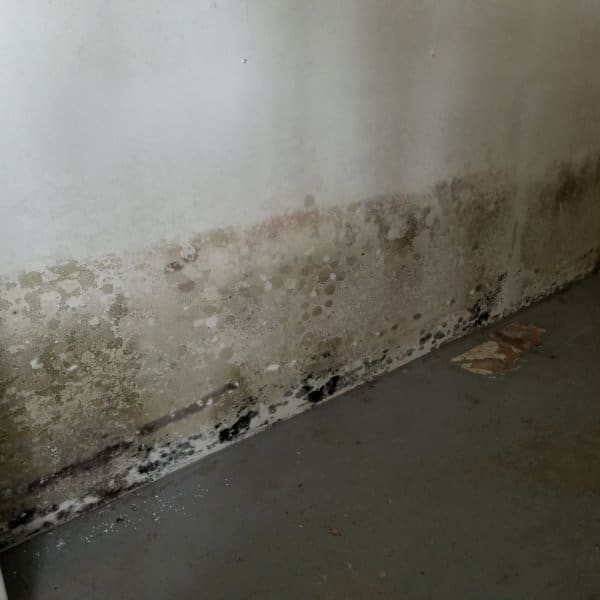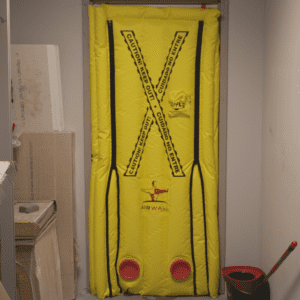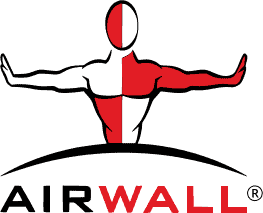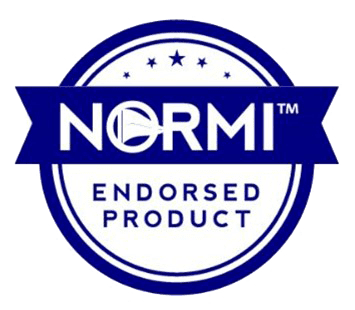
3 Things to Know About Mold Containment
Mold is a persistent issue that many homeowners face, and when it comes to addressing mold contamination, containment is key. Containing mold not only prevents its spread but also ensures the integrity of the property. With innovative solutions like the Airwall by Zeppelin Guys, effective mold containment has become more accessible than ever. Let’s dive
